How to Update Your Personal Website
How to tell your website needs an update

Does your personal website feel old or outdated? It may be time to update your academic website. This article is about how to update websites.
Hi there, I’m Jennifer van Alstyne. Welcome to the new season of The Social Academic blog! Let’s talk about how to update your scientist website or professor website.
Before we get started, I am here to support you through your website redesign project. Most of the professor websites I’ve worked with have been people who made a website that was no longer working for their needs. I’ve been helping professors launch beautiful personal academic websites since 2018. I’d love to help you!
6 steps to update your website
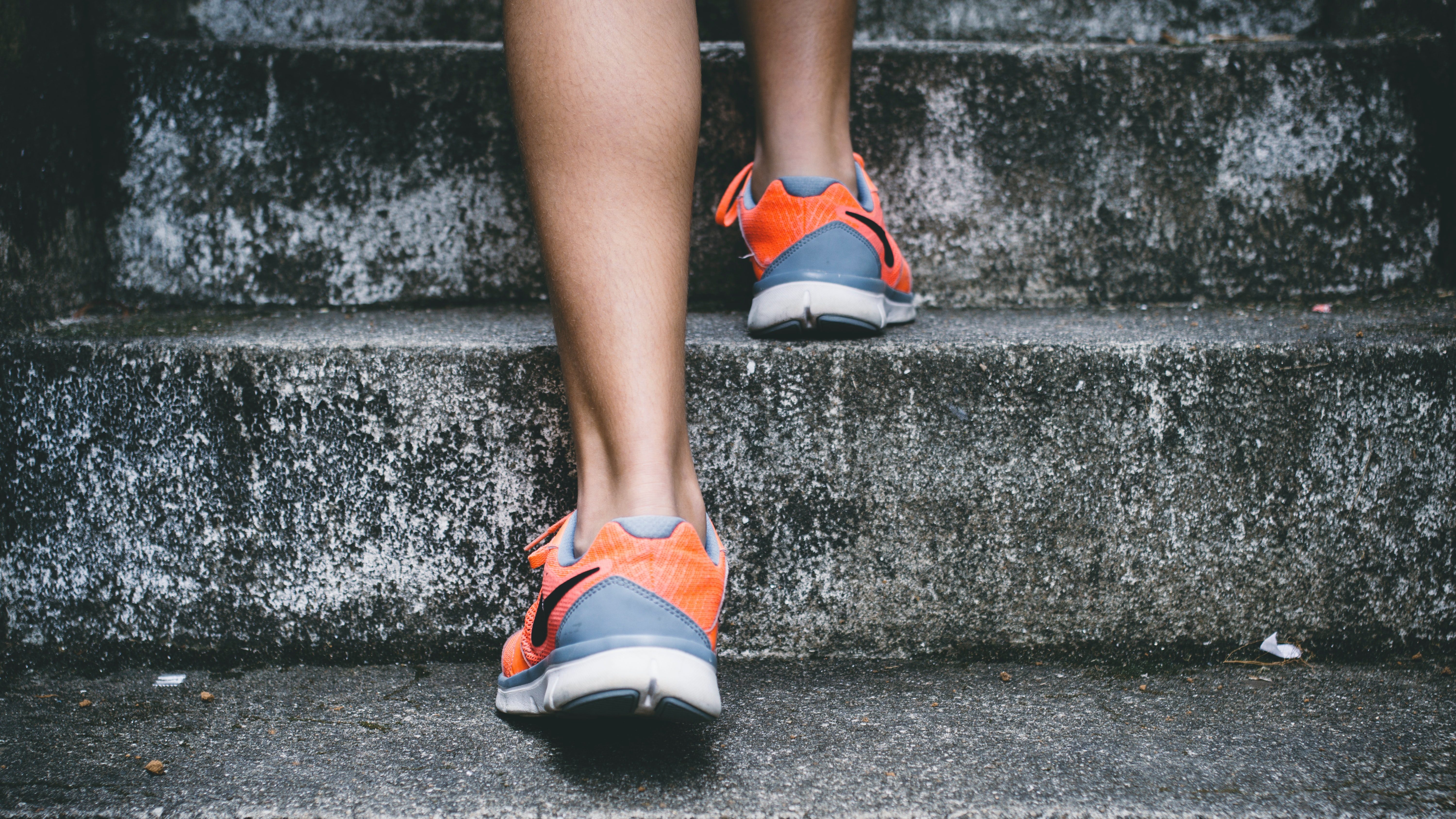
If you’ve been wondering how to update my website, here are 6 steps to help you.
These 6 steps will help you walk through updating your personal website. This can be a bigger project than people expect. But, even small changes can make a big impact.
Subscribe to The Social Academic blog.
The form above subscribes you to new posts published on The Social Academic blog.
Want emails from Jennifer about building your online presence? Subscribe to her email list.
Looking for the podcast? Subscribe on Spotify.
Prefer to watch videos? Subscribe on YouTube.
1. Audit your website
Take a look at your personal website.
- Does the design feel old or outdated?
- Is the information correct? What needs to be changed?
- How is your website helping you now?
- What changes would your website benefit from?
- Are people able to get in touch with you?
- Is anything not working? Are there broken links or website elements?
- Do you need a new profile photo?
Auditing your website helps you better understand how your website is working for you now. Ask yourself what’s working on your website, and what’s not.
2. Evaluate your goals
What goals do you have for your website? Many academics create websites because they feel like they should. Or maybe they’ve been told to. There are many benefits to having a personal website.
Your website goals might be simple, like
- Help people get in touch with me by email
- Encourage people to connect with me on social media
- Share a list of my publications
Oftentimes academics and scientists creating websites hope to make greater impact like
- Gaining media attention for my research
- Increase readers for my publications
- Attract engaged students to my classes
- Improving my career prospects
What are your goals? What content can you share on your website to work towards those goals?
3. Plan what website updates are needed
Plan what changes to make to your website based on the goals you’ve come up with.
- Help people get in touch with me by email: Check to see if the Contact page or button on your website is working. Make sure it directs people to where you want them to get in touch with you (i.e. email)
- Encourage people to connect with me on social media: Create a Social Media Links menu that helps people find my profiles online
- Share a list of my publications: Go beyond sharing your CV on your website with an easy to read list of publications. Sort them by year, topic, or type.
- Gaining media attention for my research: Create a Media page to share mentions online, provide a bio and high quality headshot
- Increase readers for my publications: Add abstracts and visuals to your publications, consider videos or graphics to spark curiosity
- Attracted engaged students to my classes: Create a Teaching page that includes current courses, syllabi, and student testimonials
- Improving my career prospects: Provide case studies, testimonials, and work experience on your website
You may find that more website updates are needed than you have time to do right now. That’s ok! Order your list by priority so you get the most important things done first.
If your website is in need of a full redesign, like if your website is
- Old and outdated (and looks that way)
- Unsecure
- Has been infected with malware or viruses
- Doesn’t meet most of your goals (and you don’t have time for such a big project)
You may want to hire help from a professional website designer or developer.
Most of my website clients are professors and scientists who made their own personal website years ago that wasn’t meeting their goals. If your website is need of a major overhaul it’s because you’ve grown and changed since you created it. That’s normal! Don’t hesitate to reach out. I’d love to help.
4. Write new website content
You’ve decided what updates need to happen for your website by creating your priority list. I like to estimate how long things will take me. Then I add it to my calendar.
When I don’t take the time to add this step to my calendar, it get’s pushed back. I’m a procrastinator. Maybe you are too! Either way, adding this step to your calendar will better help you get it done.
Write new content for your website (i.e. bio, new pages about your teaching or research, updated information for pages already live on your website). I typically suggest doing this in Google Docs or Microsoft Word so you can print your writing for proofreading. It’s easier to catch typos and errors on paper.
5. Implement your updates
When your written content is ready to go, it’s time to implement those changes to your website!
If you’re not tech savvy, you can often hire help with implementing changes to your website. You’ll want to have your new content ready to go
- Writing
- Photos
- Graphics
- Videos
That way when you talk to the website designer or developer, they can give you an accurate quote for work that needs to be done.
6. Review changes to your website
Once your website changes have been made, review your website page-by-page. It’s a good idea to ask a friend or colleague to look through your website too.
Good luck with your personal website update!
Want help with your website redesign? I’d love to help you! Let’s talk on a no pressure Zoom call about your website project.
Discover more articles about personal academic and scientist websites
A guide to making your website
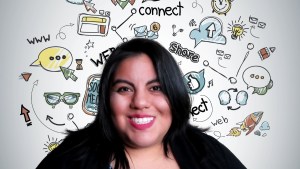
Which website host is right for you?
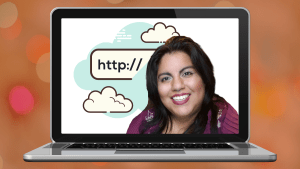
Benefits to a personal website
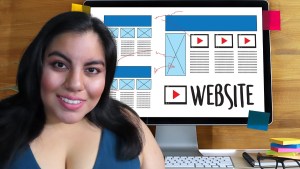
Website inspiration and content ideas
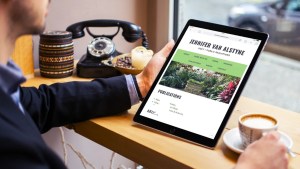
Website pitfalls to avoid

Why you need an academic website

Subscribe to The Social Academic blog.
The form above subscribes you to new posts published on The Social Academic blog.
Want emails from Jennifer about building your online presence? Subscribe to her email list.
Looking for the podcast? Subscribe on Spotify.
Prefer to watch videos? Subscribe on YouTube.
Jennifer van Alstyne View All →
Jennifer van Alstyne is a Peruvian-American poet and communications consultant. She founded The Academic Designer LLC to help professors build a strong online presence for their research, teaching, and leadership. Jennifer’s goal is to help people feel confident sharing their work with the world.
Jennifer’s personal website
https://jennifervanalstyne
The Academic Designer LLC
https://theacademicdesigner.com
